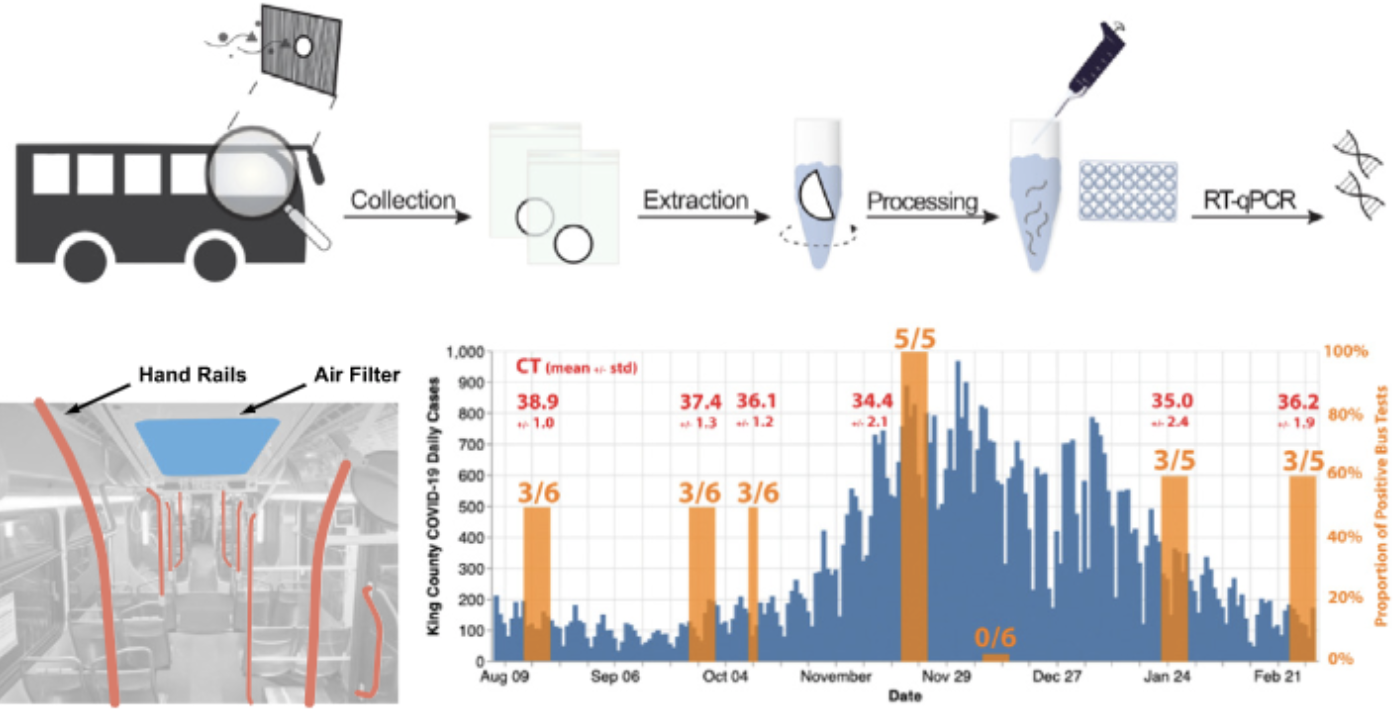@article{hoffman2022passively,
title={Passively sensing SARS-CoV-2 RNA in public transit buses},
author={Hoffman, Jason S and Hirano, Matthew and Panpradist, Nuttada and Breda, Joseph and Ruth, Parker and Xu, Yuanyi and Lester, Jonathan and Nguyen, Bichlien H and Ceze, Luis and Patel, Shwetak N},
journal={Science of The Total Environment},
pages={152790},
year={2022},
publisher={Elsevier}
}

